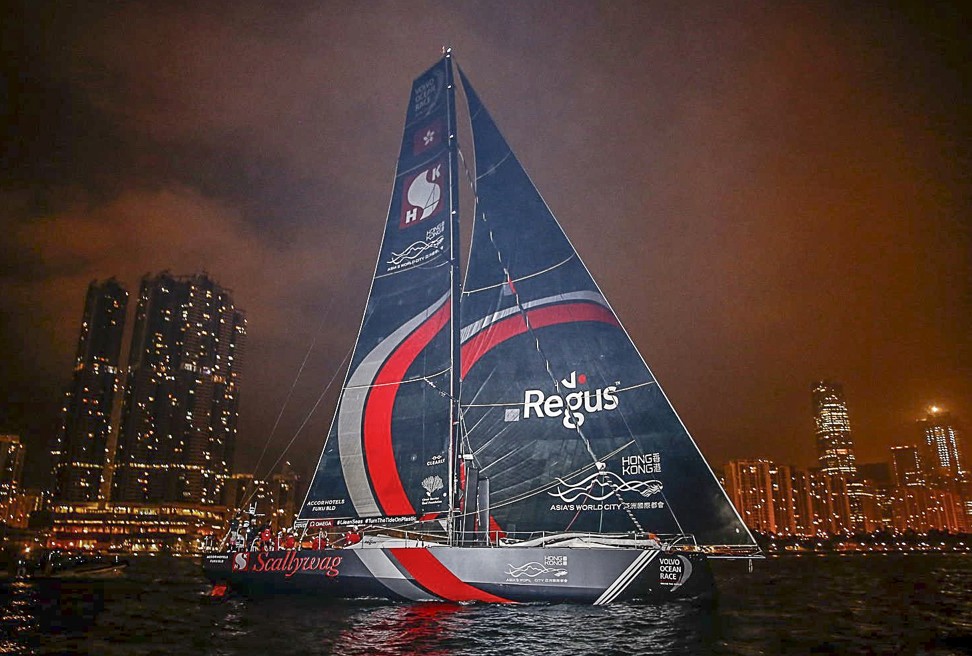
‘Fishing boats and nets everywhere, it’s a nightmare’: why Hong Kong’s waters are so dangerous for sailing
Sailors give their accounts of racing in one of the world’s busiest ports as fatal collision mars Volvo Ocean Race
The fatal collision between a Volvo Ocean Race yacht and a fishing vessel east of Waglan Island, just outside Hong Kong waters, on Saturday has highlighted the dangers of racing in or around one of the busiest ports in the world.
Hong Kong was ranked the sixth-busiest port in the world from 2007-2016, according to the International Association of Ports and Harbours, with an estimated 300,000 to 400,000 vessels entering and leaving annually.
The Marine Department records a total of 18,540 Hong Kong-licensed vessels in 2016, an increase from 13,519 in 2007. Fishing carriers, sampans and vessels – class three vessels – make up 6,631 of the total. Figures for vessels from the mainland plying adjoining waters were not available but sailors’ accounts suggest they are numerous.
“When you sail out of Hong Kong on the first night, it’s a shocker,” said Hong Kong policeman Justin Shave, who has raced on Hong Kong boats Ragamuffin and Scallywag. “Fishing boats and nets are everywhere – it’s a nightmare.”

“They are extremely hard to predict and the navigation lights are not clear. Fishing vessels may drop miles of fishing lines in the water with sailing boats having to duck and weave through.”
Weaving through the heavy marine traffic and avoiding boats and fishing lines requires extra concentration at the best of times. Introduce seven 65-foot long, 10-storey high Volvo Ocean boats to the mix and the chance of accidents surely increases.
“The boats go over 20 knots, so the distance to see [in front of you] and react becomes shorter and shorter. It makes a difference, just like if you’re driving on the highway.

“When you spot something, the first thing to do is to identify what it is, where it’s going and where you’re going. You are always estimating with the resources and electronics on board, but the problem is that you’re going fast.”
But Barot is quick to defend the “pure” and “open” waters, insisting safety is at the top of every captain’s priority.
“These guys are professional and they know how to manage dramatic situations because there is a lot of training these days; safety and security,” said Barot. “Thirty years ago you just got on a boat, but now they have to pass their yacht masters and different safety exams.
“[Collisions] happen at sea, on the road, and in the air, everywhere. It was night time, the fishermen were doing their job and so were the sailors. It’s bad news for everyone, but the sea is for everyone – it must be shared.”
Robby Nimmo contributed to this report

